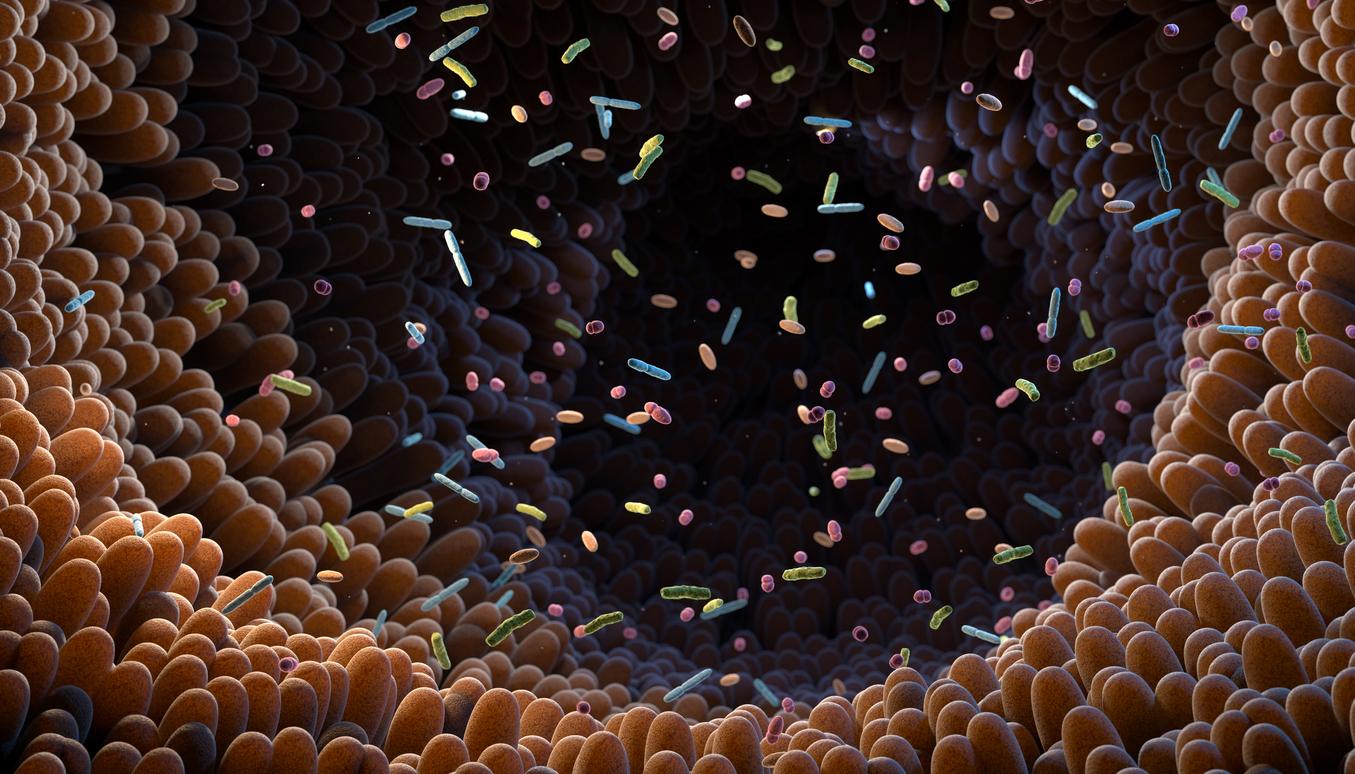A very small drug stabilizes fatty deposits in the arteries which can cause heart attacks. Promising results in animals.

American researchers have developed a nanomedicine that stabilizes arterial fat deposits that can cause heart attacks and strokes. Obtained in mice, these results published Wednesday in Science Translational Medicine could be of major therapeutic interest to millions of people around the world.
80% of sudden death cases
Almost all of us are carriers of atheroma plaques on the lining of our arteries. They are formed mainly from cholesterol deposits and the accumulation of cells, which secrete inflammatory molecules. As they thicken, they can clog up some vessels and block blood circulation. Patches that can also crack, break off, or damage the lining of blood vessels. Eight out of ten cases of sudden death are linked to these atheromatous plaques.
“Many researchers are trying to develop drugs to prevent heart attacks by reducing inflammation, but this approach has drawbacks,” said one of the study’s authors, Ira Tabas of Columbia University. Atherosclerosis is a chronic pathology. And taking anti-inflammatory drugs for many years is not necessarily acceptable “to prevent a heart attack that may never happen”. Anti-inflammatory drugs have side effects, especially when they are not given locally but to the whole body.
1000 times smaller than a hair
The researchers therefore decided to deliver this anti-inflammatory directly to the atherosclerotic plaques. They have developed very small particles for this, less than 100 nanometers. That is 1000 times smaller than a hair. These nanomedicines are composed of biodegradable polymers. Their very sticky surface and small size allows them to bind to atheromatous plaque. These nanomedicines contain an anti-inflammatory protein that is only released upon arrival on the atheromatous plaque. These mini-particles therefore act a bit like drones or Trojans.
The researchers administered these nanodrugs to animal models of atherosclerosis, mice with high cholesterol levels. In animals that received this treatment for five weeks, scientists observed a stabilization of atheromatous plaques but also an improvement in arterial lesions. Nanomedicines in particular suppressed oxidative stress, reduced necrosis and favored the covering of plaques with a protective layer of collagen.
To be validated in humans
These results must be validated in humans because this animal model has limitations. Atheromatous plaques in mice look a lot like those in humans, but mice do not develop a heart attack because of these plaques. Still, “this is the first example of a technology based on a targeted nanoparticle that reduces atherosclerosis in an animal model,” said Omid Farokhzad of Harvard Medical School.
.














